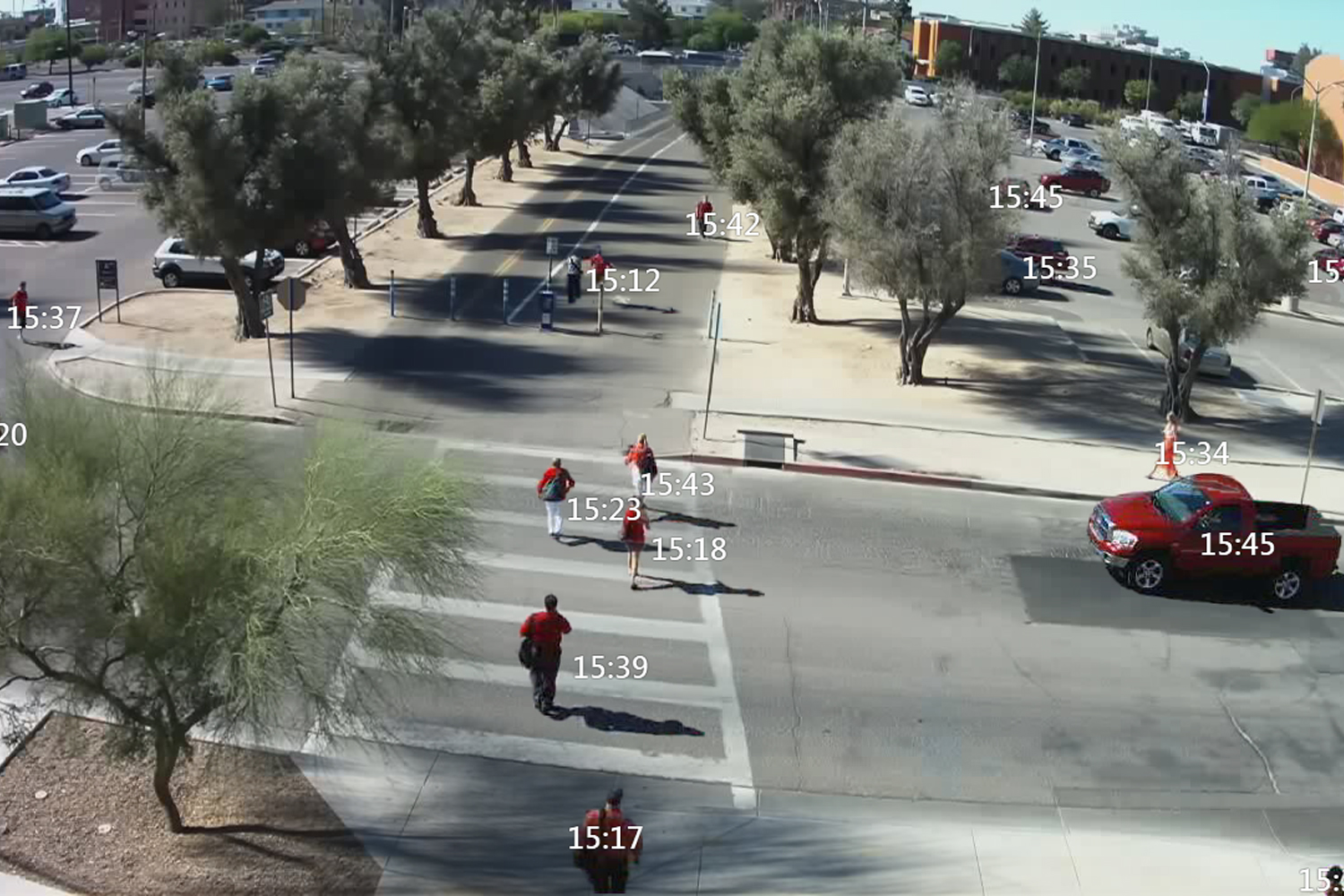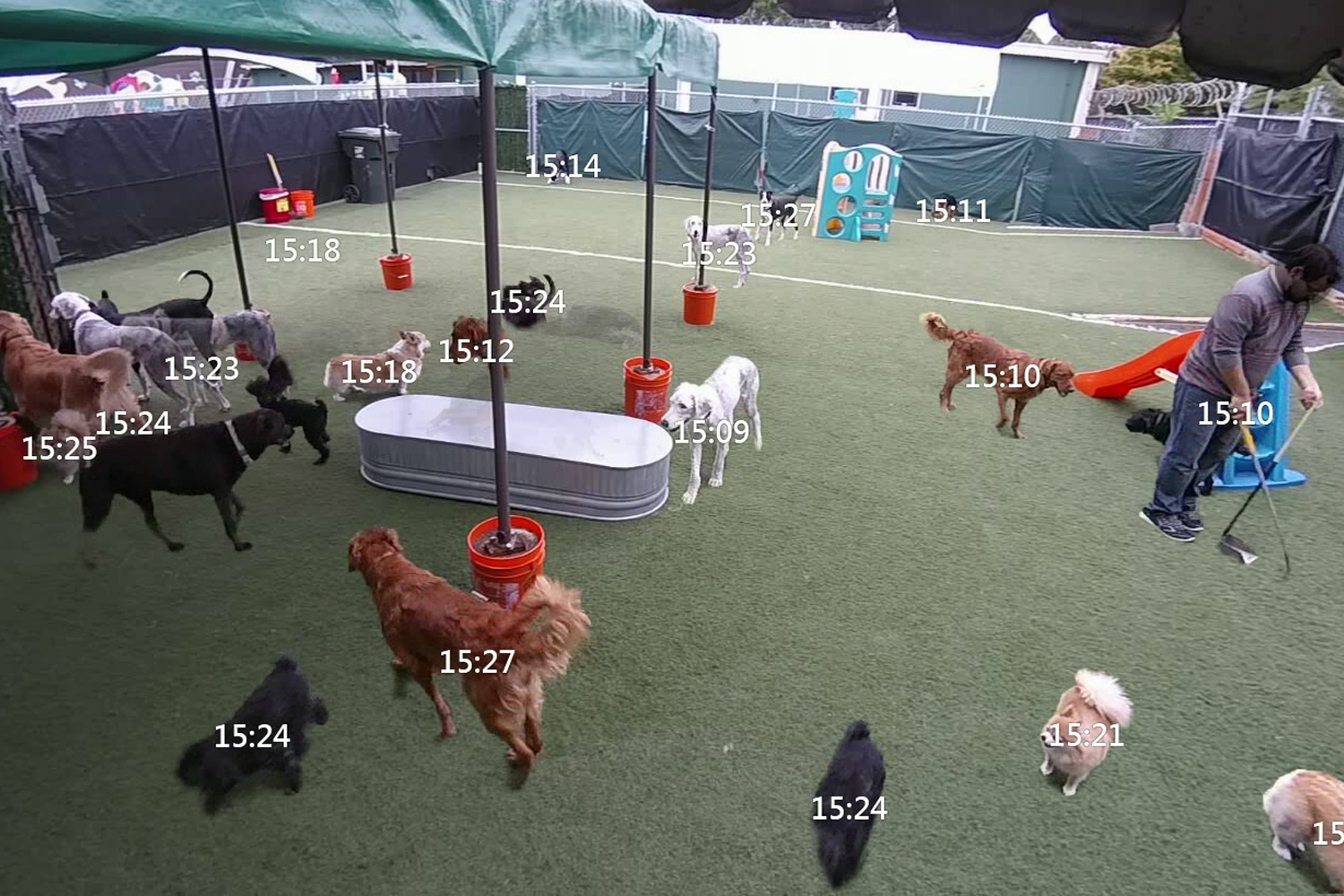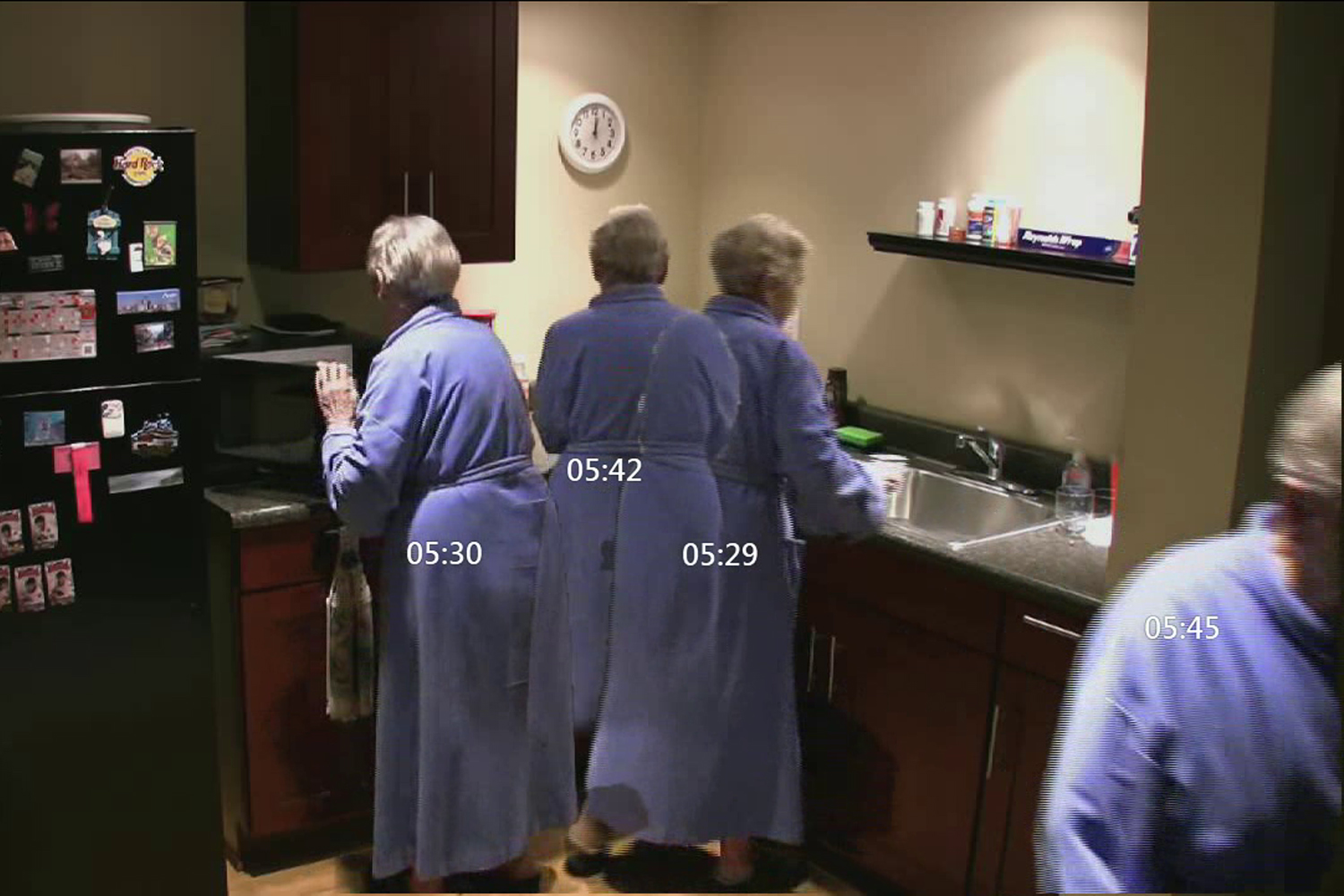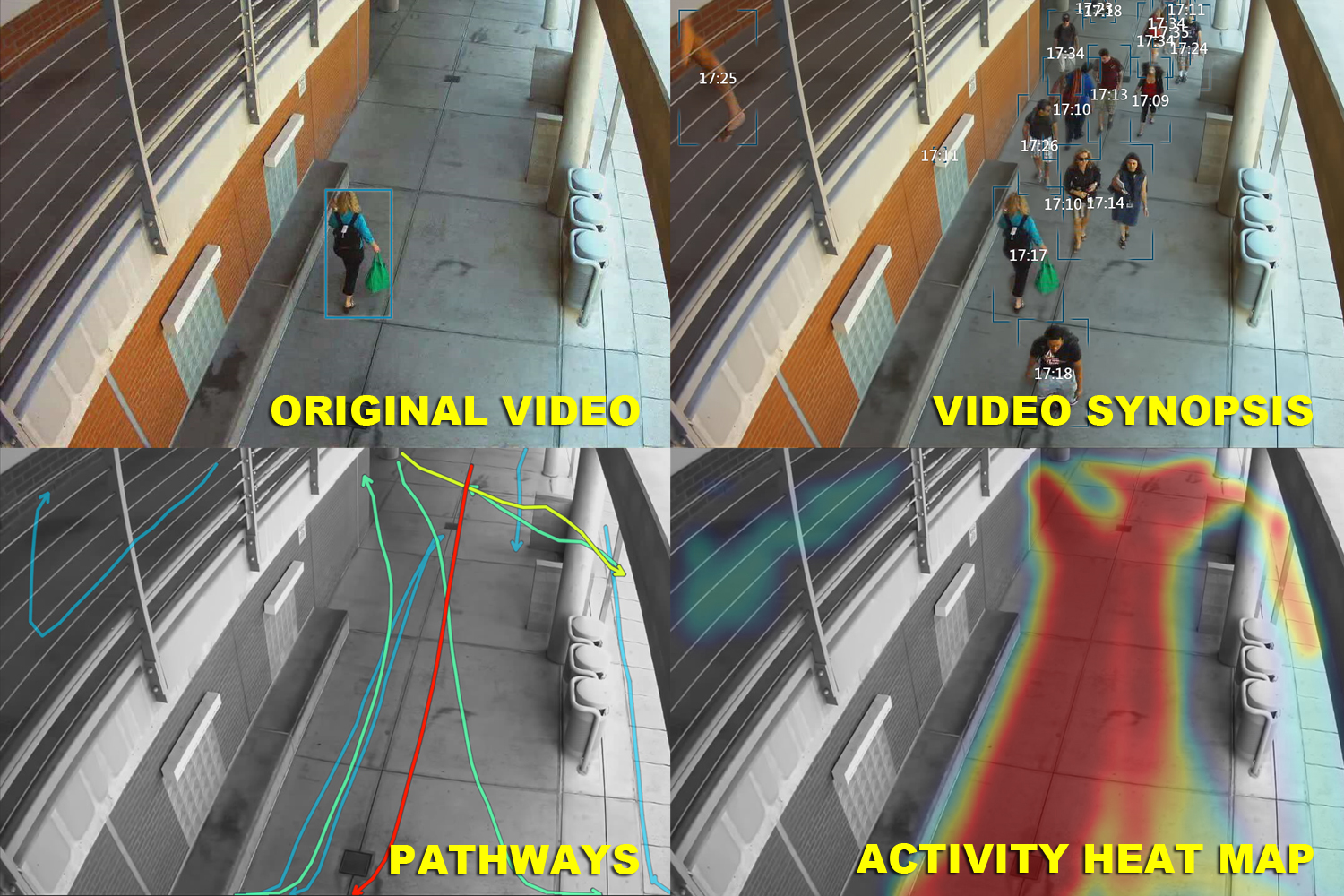That’s where a company called BriefCam comes in. Growing out of a research project at the Hebrew University of Jerusalem, the company has developed smart, AI-driven tools which make sifting through video as easy as searching for keywords in Microsoft Word.
BriefCam’s technology employs cutting-edge computer vision algorithms for analyzing video data and presenting it in a variety of ways. That could be distilling hours of CCTV footage into a one-minute clip, or letting users search surveillance cameras for, say, every person with a red T-shirt or every person walking a particular path.
“We take video, which is very tedious to watch, and make it accessible to machines and people,” Dror Irani, BriefCam’s CEO, told Digital Trends. “People can search through it for exactly what they want. We know there are clear security applications for this in malls, airports, even cities.”
Irani isn’t kidding. In his office there hangs a framed certificate from the former governor of Massachusetts, Deval Patrick, thanking BriefCam for helping identify the Tsarnaev brothers, who were behind the horrific 2013 Boston marathon bombing — based on its analysis of CCTV footage.
In addition, BriefCam was involved in the post-event investigation of Oslo bomber and mass murderer Anders Behring Breivik, as well as the 2016 Brussels bombings: helping officials to make sense of what took place on both of those terrible occasions. No doubt technology such as this will play a part in helping foil similar attacks in the future.
Security applications aren’t the only possible use cases, though. One New York initiative is using BriefCam to count the number of bees coming and going from its rooftop-installed beehives. Irani also said he thinks the technology has a place in modern smart homes. With this in mind, BriefCam’s professional security product is now being adapted to the consumer market.
Things will only get smarter from here, Irani noted.
“The richer the metadata we assign to video objects in the future, the more interesting the questions you can ask,” he said. “The direction we’re heading in right now is one in which you can ask to only see objects that are human, but not family members, for example. You can then see a synopsis of objects during a certain period of time, who are not identified as your family members.”







